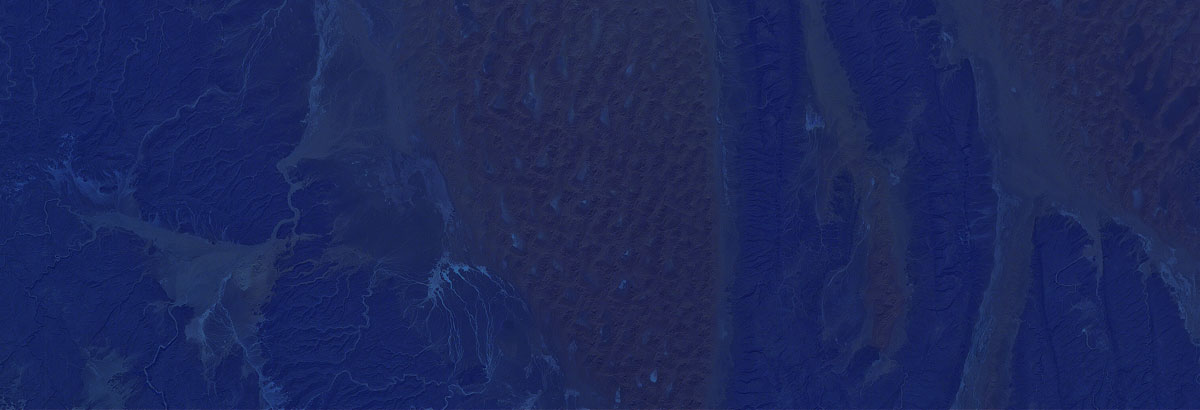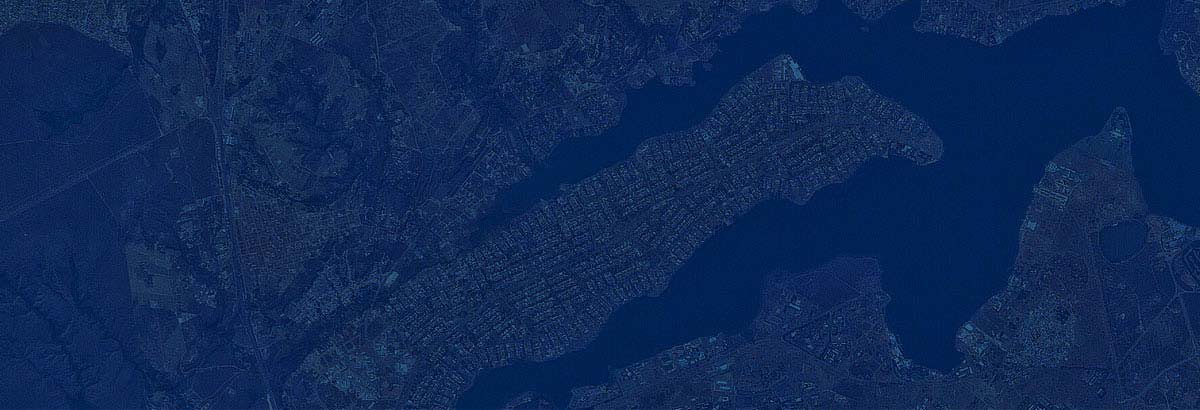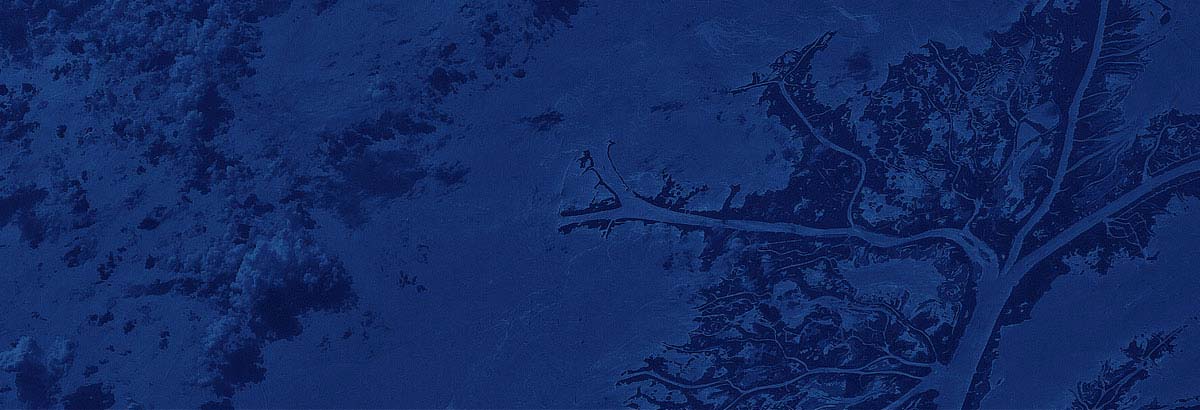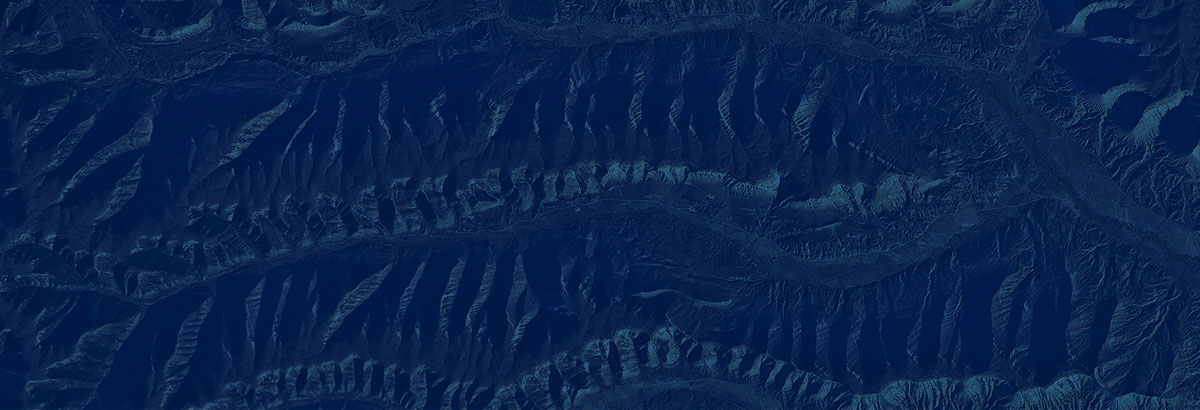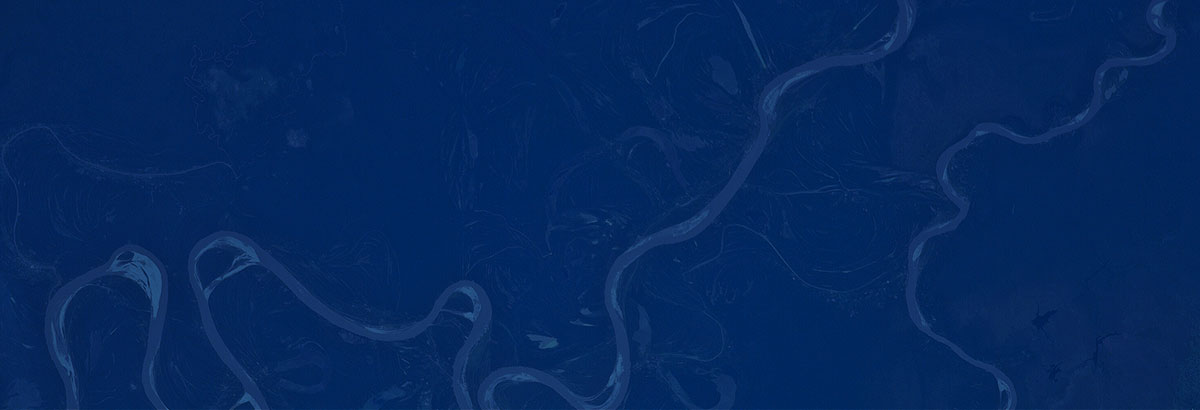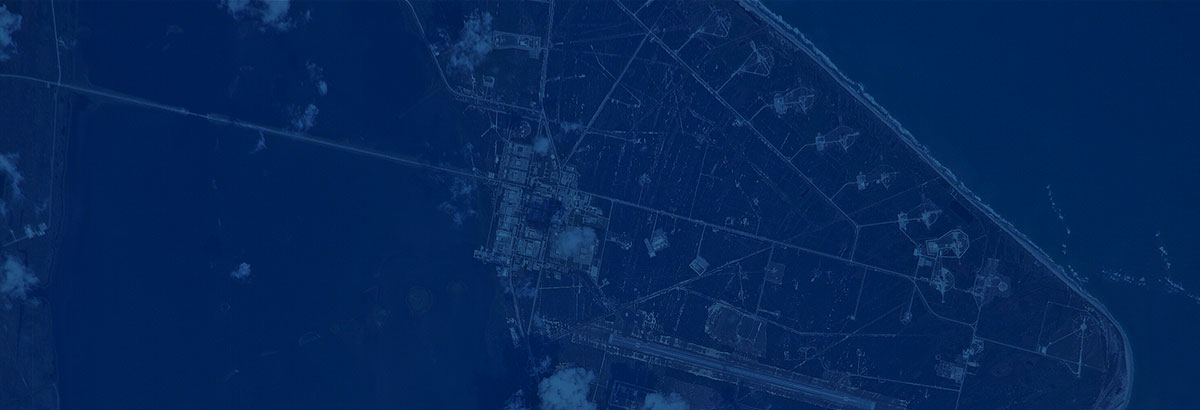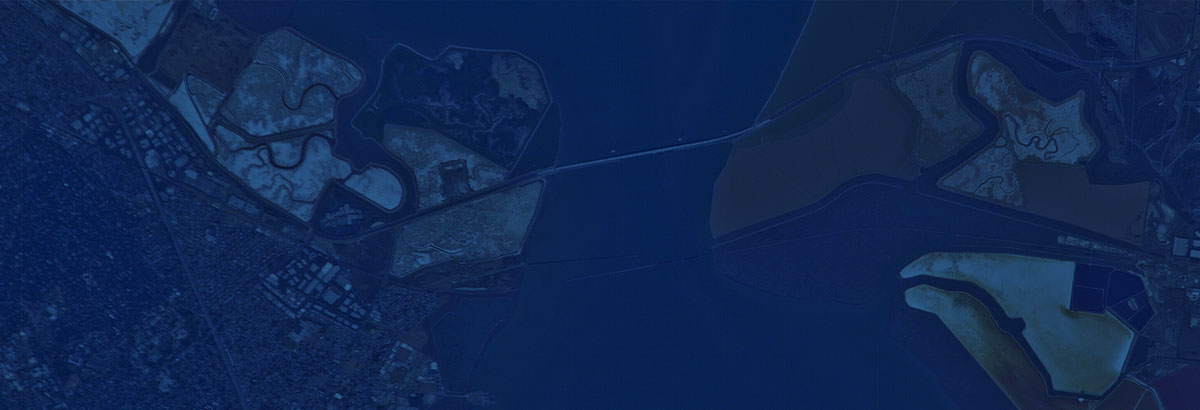Asteroid Institute Analyzes 2024 YR4 Impact Risk
February 14, 2025
As of Feb 25, 2025, Asteroid 2024 YR4 is no longer poses a significant risk of hitting the Earth. Visit the NASA Small Body Database for the most up to date information on this asteroid.
The engineering team at Asteroid Institute has been busy since early in the discovery of 2024 YR4. If you haven’t heard yet, 2024 YR4 is a medium-sized asteroid with a small chance of hitting the Earth in the year 2032. It’s been just twelve years since an asteroid exploded over Chelyabinsk, but what makes this situation unique is that this time, if it does impact, we will have a sufficient warning and the potential to do something about it.
Our work started with providing our own impact analysis to complement the ones provided by NASA and ESA, using our open-source tools. What makes our analysis valuable is that it can be scrutinized and replicated as the entire algorithm and data sources are available to you. In fact, if you’re software inclined, you can easily run an impact analysis yourself with these tools.
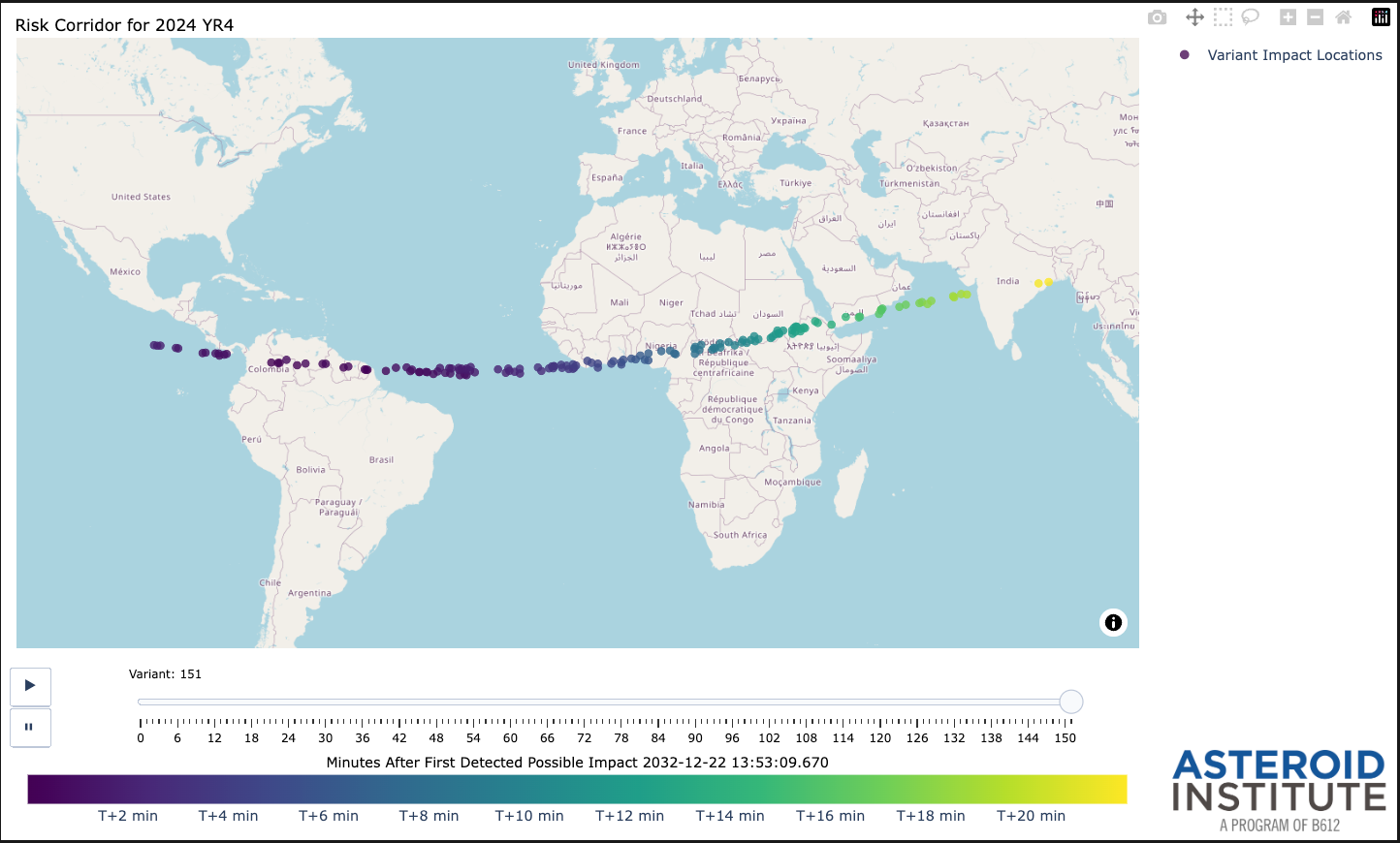 Distribution of possible impact locations on Earth for 2024 YR4. With 10,000 samples that encompass possible trajectories of 2024 YR4, 150 intersect with the Earth. Individual locations only represent a subset of the possible impacting trajectories. An impact may occur anywhere along the line traced by these individual points.
Distribution of possible impact locations on Earth for 2024 YR4. With 10,000 samples that encompass possible trajectories of 2024 YR4, 150 intersect with the Earth. Individual locations only represent a subset of the possible impacting trajectories. An impact may occur anywhere along the line traced by these individual points.
Calculating the impact probability involves a few steps. First, we use the available observations to fit a possible orbit. Alternatively, you can use the state vectors provided by NASA or ESA. When you fit an orbit to a set of observations, there is always some uncertainty involved. The uncertainty exists both in the observations themselves (measuring time and location), but also in the range of possible orbits that could produce those observations. The more observations and the longer those observations span over time, the better we can define where it is and how fast it’s moving. For 2024 YR4, the velocity is within an error of about ~0.3 meters/second, which is pretty good! While that may sound small, projected forward to the possible impact date in 2032, that difference produces a range of possible locations spanning over 340,000 kilometers across (the Earth is approximately 12,756 kilometers in diameter).
To determine the impact risk, we sample the uncertainty in position and velocity to create a set of possible orbits and propagate them forward in time using models that account for gravity from the sun, our moon, the planets, and the largest asteroids, as well as effects of general relativity, and other minor perturbations. You can choose as many samples as you want, but we generally use about 100,000. Choosing more gives more precision in calculating the impact risk, but requires more computation. We create the sampled variants and then move them through time. As we step through time, we check to see if any intersect with the Earth’s position. The ratio of samples that impact the Earth compared to the total sample size gives you a rudimentary impact probability. In this case, the chance of impact is currently around 2.1% for the 2032 close encounter, as of February 14, 2025. You can keep up with the latest official impact risk at JPL or ESA’s risk lists.
Here you can see those samples close to a potential impact time. Note how they mostly follow a similar line, but they vary quite a bit in how far ahead or behind they are due to small differences in their velocity. These samples all start in roughly the same location, where the orbit has been constrained by the last two months of observations. However, as you move forward in time you will see small differences in trajectory and velocity accumulate, which causes them to spread out.
While validating impact risk is an important first step, ultimately our work is about improving the accuracy of the impact risk. In this case, we can contribute by using our ADAM::Precovery tool to find previously missed observations of 2024 YR4. You can see some precovery results for 2024 YR4 here. Not every result represents a real observation of the object. For example, you can see observations going back to 2016, but the magnitudes are too bright. While an observation that far back would be incredibly useful, as all observations of 2024 YR4 come from its current close encounter with Earth, it appears to be a spurious detection of something else. Validating these images requires a trained eye.
In these results, we found 5 observations that appeared good and we have submitted them to the Minor Planet Center. These consist of one “triplet” (three observations in closely spaced images) from the ATLAS-Sutherland observatory, as well as one singleton each from ATLAS-MLO and ATLAS-Chile. They contribute only a modest improvement to 2024 YR4’s state vector since these observations are in the middle of the “arc,” or the timespan over which it has been observed. However, even small improvements to the state vector reduce the uncertainty region from which the ‘orbit samples’ are drawn, further refining the probability of impact.
As some readers may have noticed, the impact risk of 2024 YR4 has increased since it was first discovered. This is a result of new observations being added to the known set, but it is expected. To understand why, it’s good to have a sense of what is happening to the uncertainty region of the asteroid as its orbit is refined. When new observations are added, the uncertainty region gets smaller. While Earth is still within that region of uncertainty, it now represents a larger share of the space and thus the impact risk goes up. Further observations may shrink the uncertainty region more, and if the true orbit is not an impacting trajectory that impact probability will quickly reduce to 0.
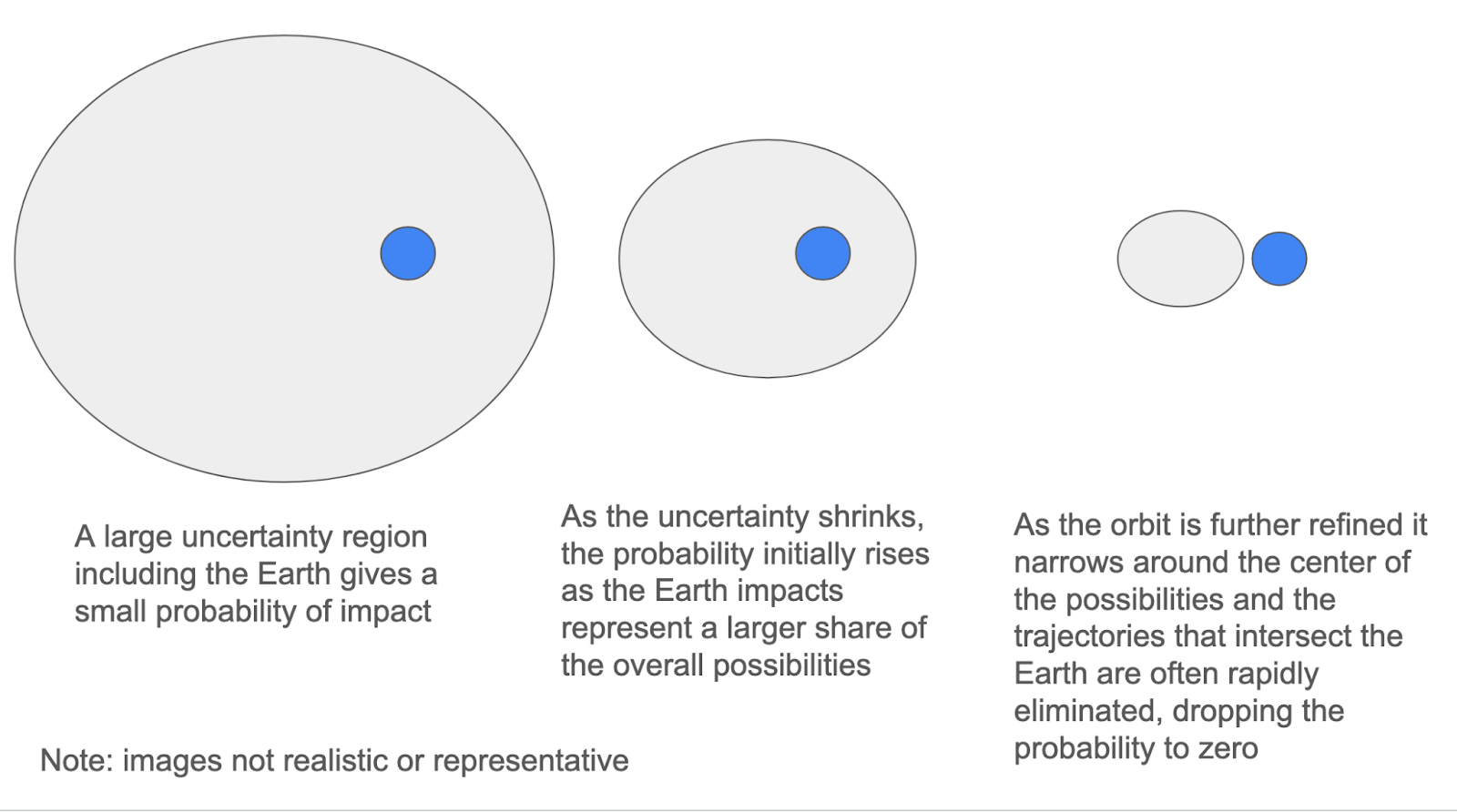 The third component of our work is still underway. The precovery observations we’ve submitted were found by looking at the nominal orbit for 2024 YR4. To try and eliminate (or verify) impacting trajectories, we are searching for the impacting variants we generated of 2024 YR4 in ADAM::Precovery. For these searches, we are going back to the last apparitions (times when 2024 YR4 was close to earth), in 2020 and 2016. Confirming the absence of impacting variants may help give a more accurate assessment of the impact risk. This work is more involved and requires a specific protocol laid out by NEODyS, JPL, MPC, and ESA.
The third component of our work is still underway. The precovery observations we’ve submitted were found by looking at the nominal orbit for 2024 YR4. To try and eliminate (or verify) impacting trajectories, we are searching for the impacting variants we generated of 2024 YR4 in ADAM::Precovery. For these searches, we are going back to the last apparitions (times when 2024 YR4 was close to earth), in 2020 and 2016. Confirming the absence of impacting variants may help give a more accurate assessment of the impact risk. This work is more involved and requires a specific protocol laid out by NEODyS, JPL, MPC, and ESA.
Whether the impact probability increases over the coming months or ultimately falls to zero, 2024 YR4 marks a pivotal moment in human history, asteroid science, planetary defense, where for the first time we are able to observe, discover, and track asteroids with enough advanced warning to recognize and plan for possible impacts. The work the Asteroid Institute is doing is part of a global effort to monitor these potentially hazardous asteroids and ensure the world is well-poised to deal with any future impacts.
 Alec Koumjian is the Head of Software Engineering, leading project and engineering management to develop a comprehensive suite of astronomy software services. With over a decade of experience in large-scale software engineering projects, he holds a bachelor’s degree in physics and computer science from Marlboro College, Vermont.
Alec Koumjian is the Head of Software Engineering, leading project and engineering management to develop a comprehensive suite of astronomy software services. With over a decade of experience in large-scale software engineering projects, he holds a bachelor’s degree in physics and computer science from Marlboro College, Vermont.
Asteroid Institute brings together scientists, researchers, and engineers to develop tools and technologies to understand, map, and navigate our solar system. A program of B612 Foundation, the Asteroid Institute leverages advances in computer science, instrumentation, and astronomy to find and track asteroids. Please support our mission and make a donation today.









